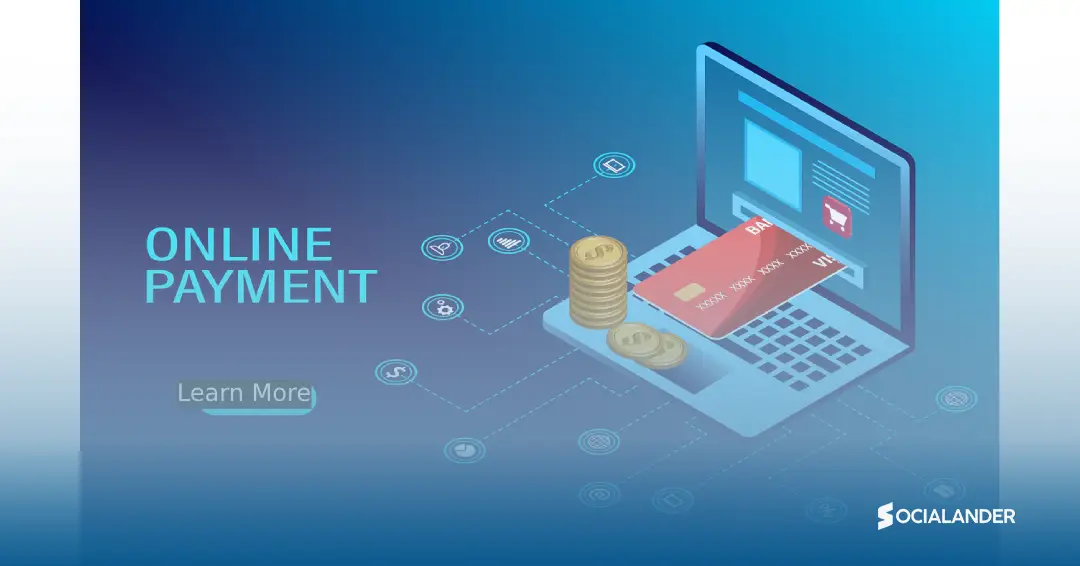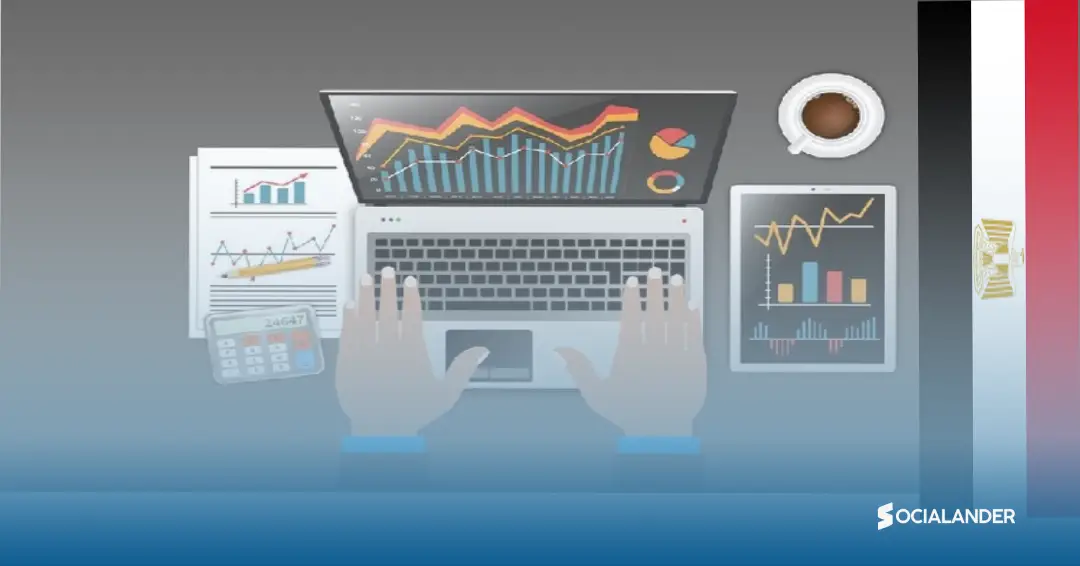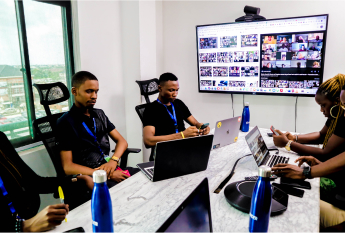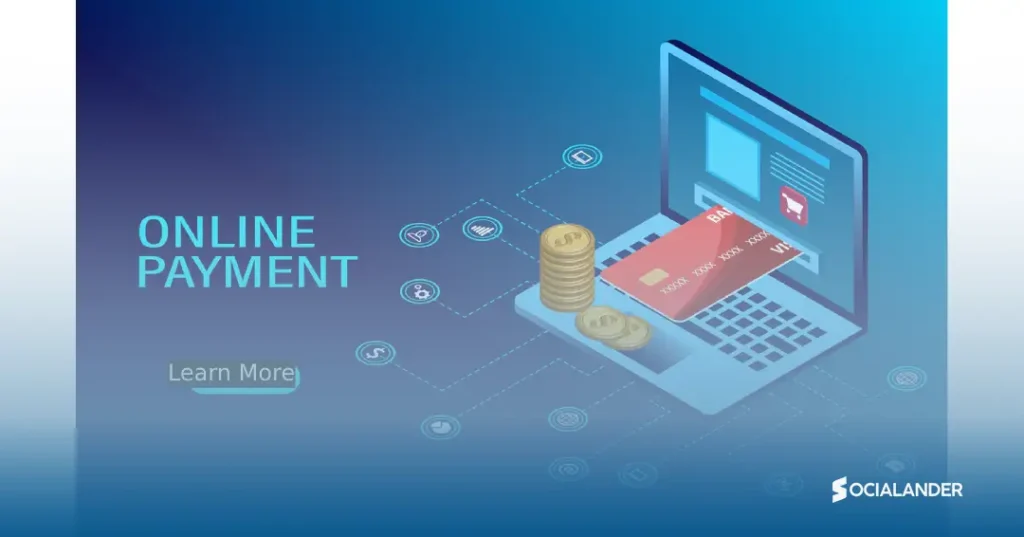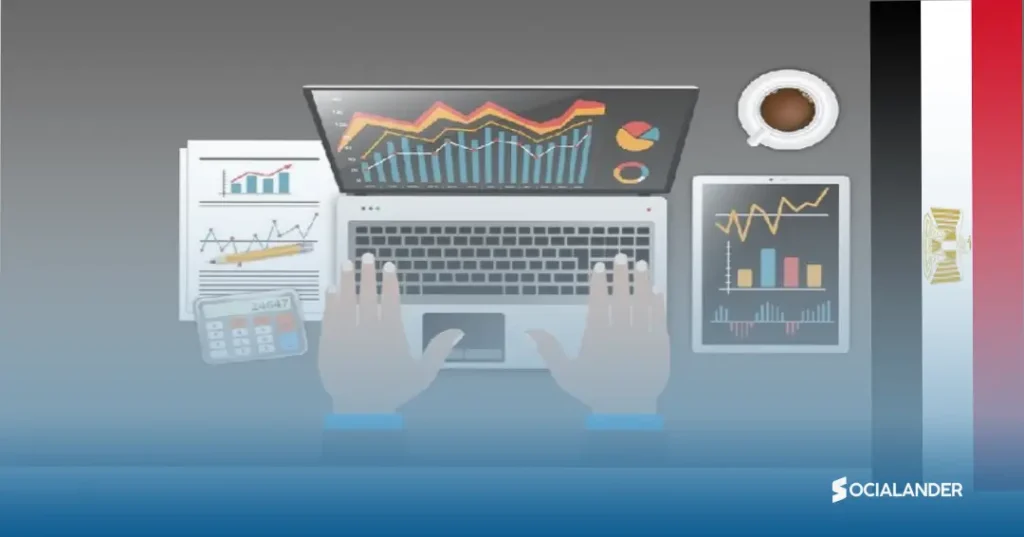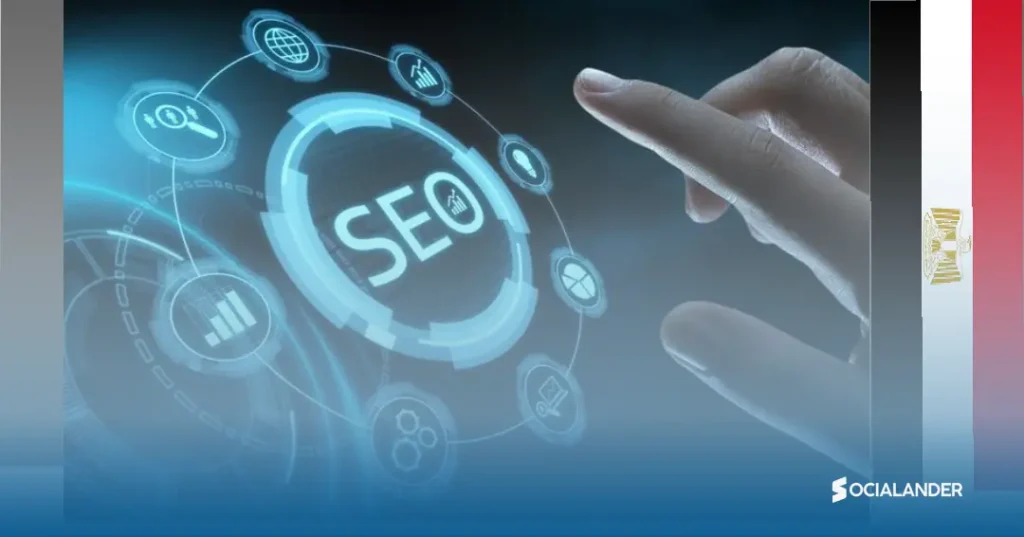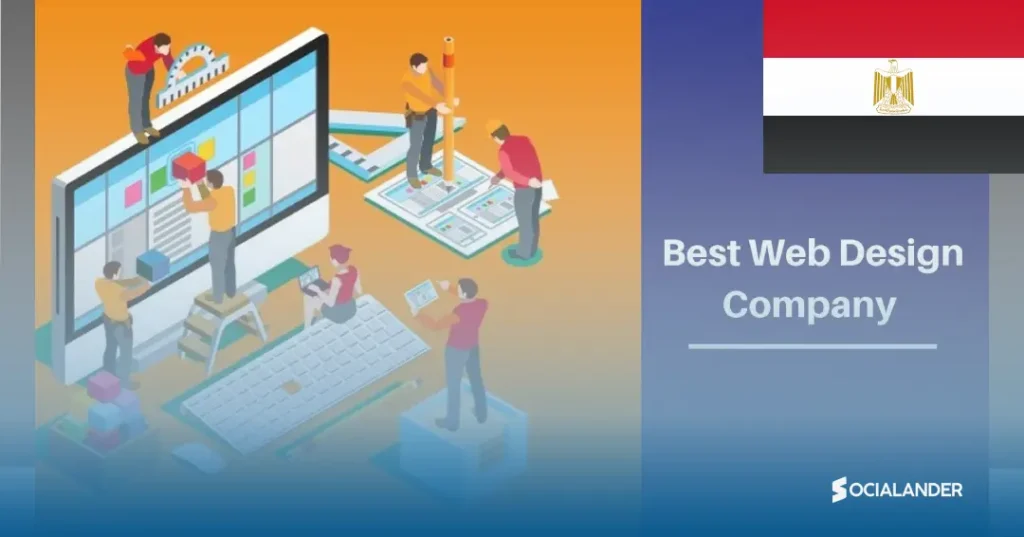Web app developments don’t have to take the wind out of your sails. You don’t need to spend hours checking out functionality, design, and the overall experience. Socialander can help you create exactly the right designs for your web applications that will increase word-of-mouth referrals and help you gain higher returns on your investments.
Web App Development Services
If your goal remains to build web apps that function optimally and require minor bug fixes, your solution would be to take up one of our web app development services.
Our web app development packages offer you flexible rates and payment plans so you’re not pressured to burn your budget while working with us. Additionally, you start to gain higher returns on investments because of the low cost of maintenance you will accrue.
If you think this would work for you, you need to keep reading to get a hang of our services. More so, if you’re still not convinced, we will tell you why web app development is vital for every business that wants to boost its profits and gain more market share.
Are you ready to take your business to the next level with our web app development services? Just book a free consultation session with us immediately and we will get started.
What Does Web Application Truly Mean?
A web application, generally referred to as a “web application,” is an interactive computer program. Web technologies (HTML, CSS, and JS) are used to store (databases, and files) and operational data (CRUD) for computers or individual users to perform tasks over the Internet.
CRUD is a popular acronym that is at the heart of web application development. It means to create, read, update, and delete. Web applications are accessed through a web browser (such as Google Chrome) and generally involve a sign-in / sign-up mechanism.
What Does Web Application Development Mean?
The process of creating a web application is known as web application development. It places a greater emphasis on engaging with the browser than on traditional technical procedures.
In most circumstances, web application development will entail describing the problem, mocking up a solution, engaging with users, selecting a framework/tool, and then creating and testing the web application.
Is there Difference between Web Apps and Mobile Apps?
Yes, there’s a difference between the both although must people interchange the both.
Web applications can be used basically on any device through a browser, be it a desktop or a mobile device. So the real issue here is mobile web apps and native mobile apps.
Native apps are platform-specific apps created separately for Android or iOS devices. They need to be downloaded from the app store and stored on your device. Although they provide a highly personalized experience, they are expensive to build, take up space on your computer, and are tied to the device.
Web applications can be easily used on any device because they can be accessed in a browser. They do not take up device storage, and more importantly, it is more cost-effective and feasible to build Web applications.
What are the Types of Web Applications?
This is another part that is very paramount that you understand before considering building a web app. Before building a web application, you must know the type of application you want. That means web apps are of different types. That being said, let’s take a look at the different types of web applications:
Static Web Apps
A static web application is more like a set of static web pages, displaying the same information to all visitors. They are built using HTML and CSS and do not provide interactivity.
Since the pages developed by the static web application are generated on the server side, there is no room for customization.
Static web application pages are also difficult to change or update. You must perform a full page reload to show the changes.
Ecommerce apps
With ecommerce apps, you can sell and buy anything online. One thing about Ecommerce web apps is that they are complex technically. Considering the maintenance of an updated database of products to managing orders, offers, and transactions, e-commerce web apps involve a lot more programming.
Dynamic Web App
The dynamic web has to do with server-side as well as client-side programming. On a Dynamic web, you can put and retrieve different results. Also, you can do a search, post comments, and even create a user profile using a dynamic web app.
Portal Web Application
With a portal web application, you can log in to a secure area from the home page as a user. Take credit card payment as an example. You can go to shopping websites or bill payment websites. When you need to select a credit card and pay, the system will prompt you to log in to the credit card company’s web application credit to complete the payment. This is an example of a portal site.
CMS Web App
Even non-technical users may produce and update information online with the help of a content management system, or CMS. A CMS allows users to maintain these assets up to date with the newest information, whether it’s a simple blog or a more extensive website.
Developing a system that is easy enough for non-technical individuals to use necessitates specialized technologies that are better left to expert web app developers.
For more clarification on this, let’s take a look at some examples of Web App Developments that are common.
Examples of Web Application Development
Gmail
Gmail is one of the best and most commonly used web applications. With Gmail, you can send and receive emails from any device that is secured.
This is another web app that is commonly used. Similarly to Twitter and Instagram, you can chat, shed and receive messages from any part of the world.
Notion
Notion is a note-taking and collaboration web application that supports markdown. The product was first introduced in 2016 and has quickly become a standard in many small enterprises.
Other examples of web application developments includes:
- Google docs
- Mailchimp
- Google Slides
- Evernote
- Google sheets
- Cloud Storage
- Dropbox and lots more
Having said that, we think it’s time to take you through the process of building stunning web applications.
Web Application Development Process
Before we proceed, we want to let you know that the steps we have explained in this article are not the only steps. What we’re trying to say is that there are different processes involved in building a web app. Our web application services creatively follow them through.
These processes include:
Define the Problem
The first step is to establish the problem you wish to tackle with a web application, and then collect relevant data. A well-defined problem will give the project direction and help it find the best solution. This step entails defining the application’s purpose and end goals.
Developers need to make research about their target audience. Target audience is people you expect to use the app you are trying to develop. They can be students, entrepreneurs, employees, or employers. You can carry out an analysis to discover existing apps that appeal to the same audience, to ensure yours will stand out.
Have a Workable Plan
Once you have identified the problem, make a plan. When making a plan, consider the problem to solve, the features that can help solve the problem, and the required resources needed. Also, as a developer, this is the stage where you choose the right tools, frameworks, and platforms you need that will work well for you.
Have a Wireframe
This is the most important stage in web app development. Here you design a wireframe or prototype of what you want to build, In doing this, consider the elements that provide the best user experience for your audience. One advantage of having a wireframe is that it gives you feedback and the opportunity to make adjustments without losses.
The following are the phases:build.
- Creating a database for storage.
- Building the front-end of the application. This should be based on the elements that users approved during the wireframing process using React, Vue, or Svelte.
- Then, create interaction between your users and the server. You can use Rails, Django, or Laravel (PHP code) to handle this phase.
Run a Test
Once you’ve completed the wireframe work, run a test. You can do this using Quality Assurance. QA testing for web applications, whether automated or manual, is a continuous activity that occurs throughout the software development life cycle.
With rigorous tests meant to eradicate problems and ensure the program runs smoothly without glitches, the QA team will test for functionality, usability, compatibility, security, and performance. Testing can also help to discover areas where improvements could be made.
Move to Implementation Process
Once the application has been thoroughly tested, you may finally integrate it in your organization or make it available to your clients. If you’re utilizing the app internally, you can make it available to your employees and instruct them on how to use it effectively. For consumer apps, you’ll need to develop a communication plan and determine the best time to release the app.
Host
Hosting is the process of running your web application on a server. You will need to purchase a domain and choose a cloud hosting provider like Amazon (AWS) or MS Azure. To transfer your web application from your local computer to a cloud service provider and deploy it, you will need to use a CI tool.
Deploy Your App
Once you have the code and the host, you are ready to go live. Just deploy your app on to your hosting solution and your app is ready for your users. You have just created a web app so good job!
Why Use Socialander Web App Development Services?
If you desire to build stunning and high functional web apps, then Socialander can help you do that effectively. We’ve helped a plethora of our customers by providing them with web applications that have boosted their business visibility with reduced maintenance costs.
Our team of web engineers and designers works hand-in-hand to ensure you get the best functions and designs for your web application. We will handle your project involving all areas of creativity to ensure you get absolutely nothing short of a knockout for your competitors.
As a fully functional digital marketing agency and internet company, we will harness your web application with creative marketing ensuring all user stories that are vital for the success of your platform is captured and clearly represented. Ready to use our web app development services to take your web app to the next level? Book a free consultation session with us immediately.




